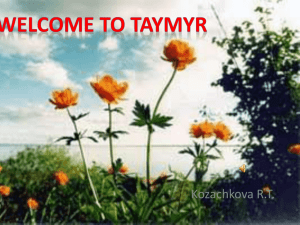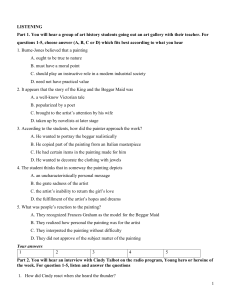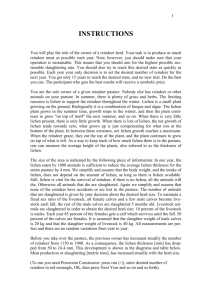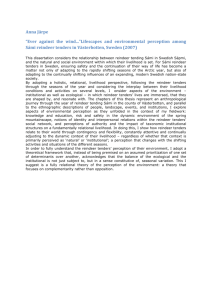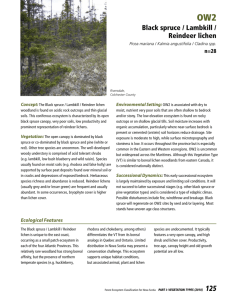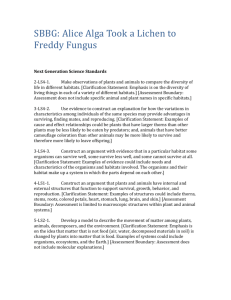View/Open
advertisement
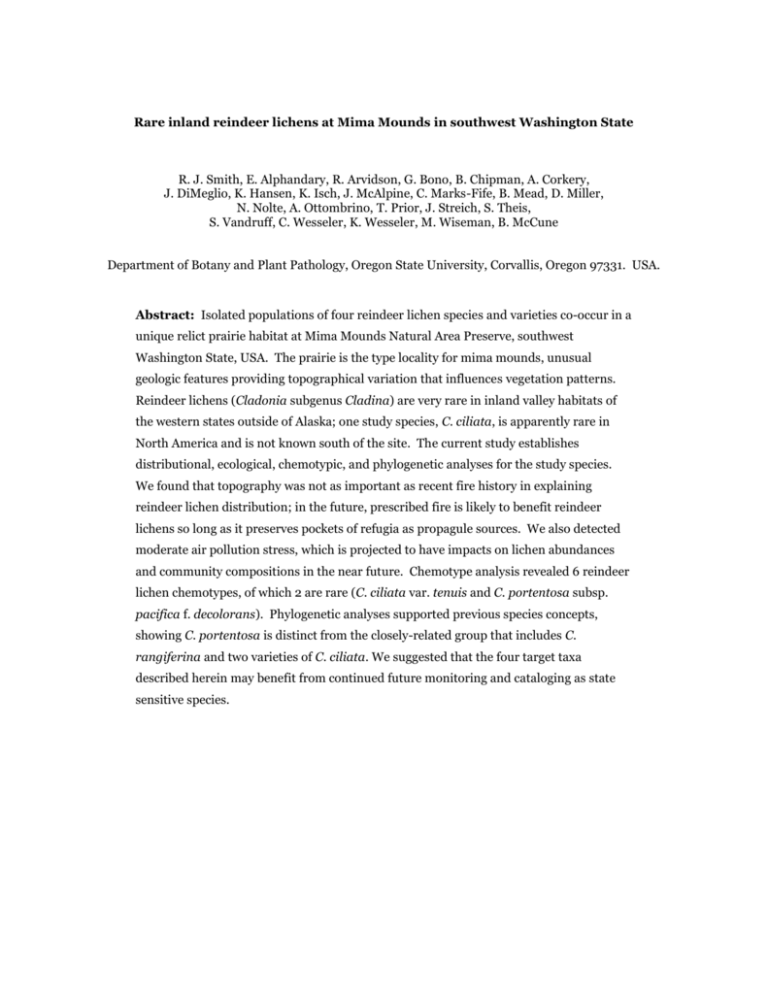
Rare inland reindeer lichens at Mima Mounds in southwest Washington State R. J. Smith, E. Alphandary, R. Arvidson, G. Bono, B. Chipman, A. Corkery, J. DiMeglio, K. Hansen, K. Isch, J. McAlpine, C. Marks-Fife, B. Mead, D. Miller, N. Nolte, A. Ottombrino, T. Prior, J. Streich, S. Theis, S. Vandruff, C. Wesseler, K. Wesseler, M. Wiseman, B. McCune Department of Botany and Plant Pathology, Oregon State University, Corvallis, Oregon 97331. USA. Abstract: Isolated populations of four reindeer lichen species and varieties co-occur in a unique relict prairie habitat at Mima Mounds Natural Area Preserve, southwest Washington State, USA. The prairie is the type locality for mima mounds, unusual geologic features providing topographical variation that influences vegetation patterns. Reindeer lichens (Cladonia subgenus Cladina) are very rare in inland valley habitats of the western states outside of Alaska; one study species, C. ciliata, is apparently rare in North America and is not known south of the site. The current study establishes distributional, ecological, chemotypic, and phylogenetic analyses for the study species. We found that topography was not as important as recent fire history in explaining reindeer lichen distribution; in the future, prescribed fire is likely to benefit reindeer lichens so long as it preserves pockets of refugia as propagule sources. We also detected moderate air pollution stress, which is projected to have impacts on lichen abundances and community compositions in the near future. Chemotype analysis revealed 6 reindeer lichen chemotypes, of which 2 are rare (C. ciliata var. tenuis and C. portentosa subsp. pacifica f. decolorans). Phylogenetic analyses supported previous species concepts, showing C. portentosa is distinct from the closely-related group that includes C. rangiferina and two varieties of C. ciliata. We suggested that the four target taxa described herein may benefit from continued future monitoring and cataloging as state sensitive species.
